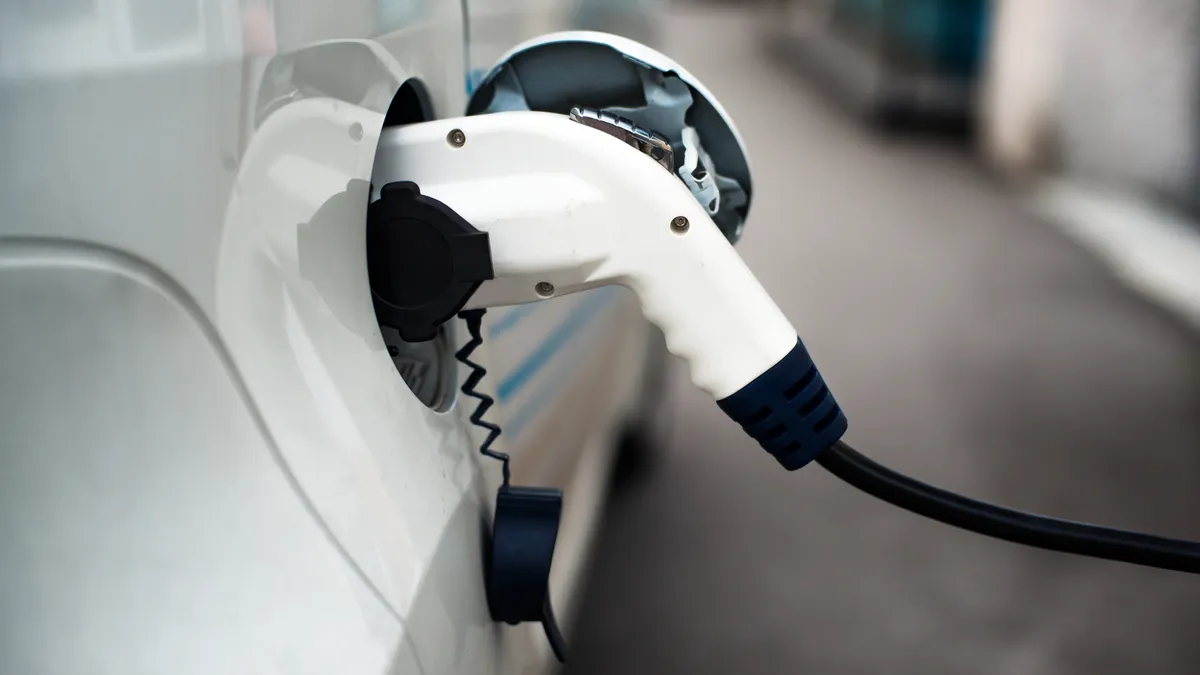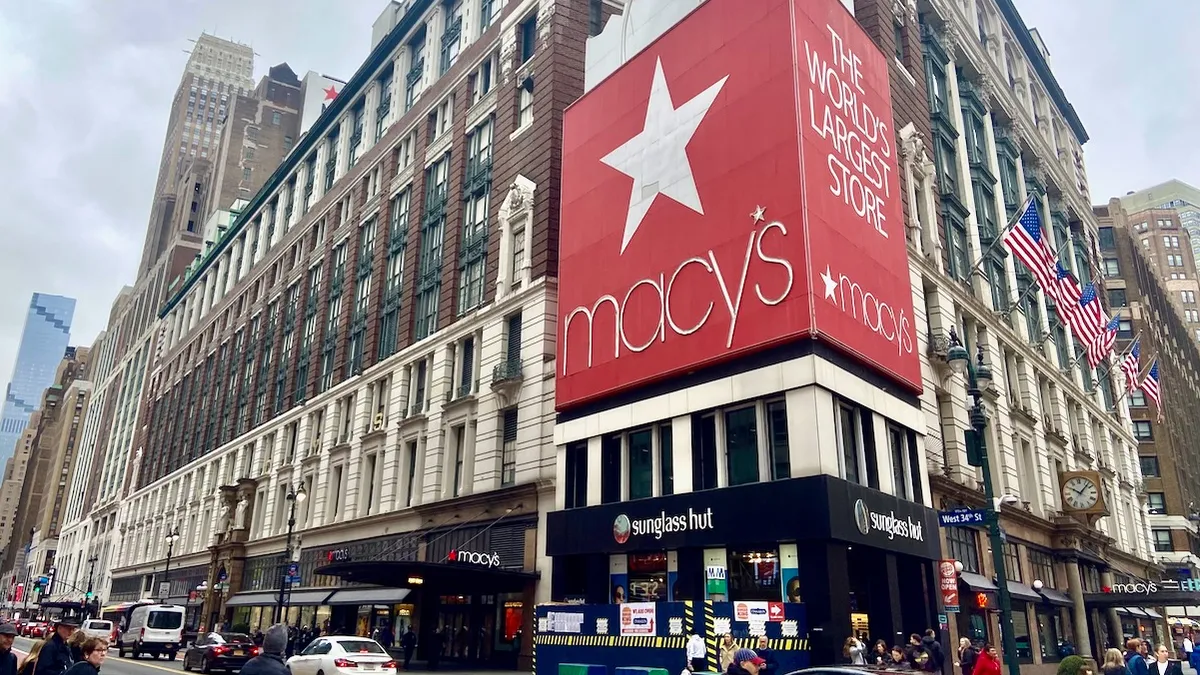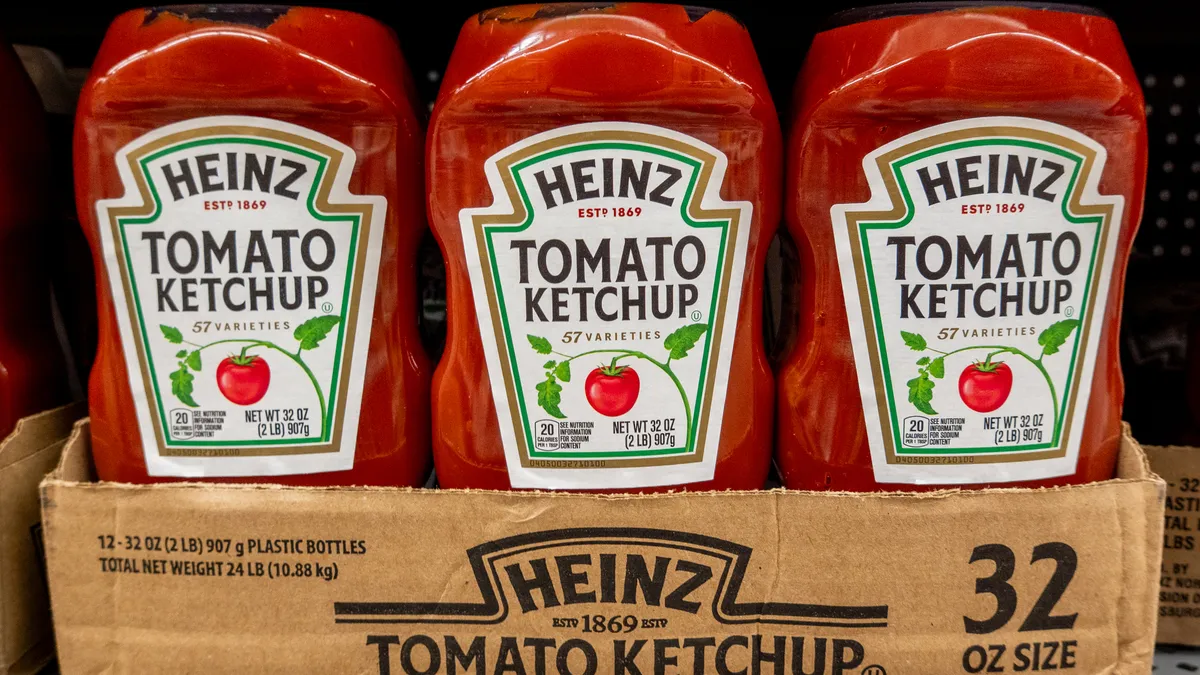With new technologies transforming the automotive industry, auto manufacturers and OEMs are facing logistical changes to adapt. In the auto industry, there are three overarching logistics trends, according to Sven Dharmani, principal and performance improvement and global supply chain leader for automotive sector at Ernst & Young:
- Vehicle electrification
- Autonomous vehicles
- Digitization
Producing electric batteries closer to the factory
Globally, electric is emerging as the dominant alternative powertrain, regardless of current problems with mass production of these batteries. Traditional powertrains have 1,500-2,000 components, versus 50-60 for electric, and they use different suppliers, Dharmani said. That sounds like it would be simpler to produce, but “the supplier network will look very different from what it looks like today,” he said.
Transporting the dense, heavy batteries with hazmat issues will also change logistics. It’s difficult to ship lithium ion batteries. Concerns over battery fires and weight will increase as batteries increase in density to hold more charge. Plus, shipping via ocean liner means exposing them to saline conditions.
Dharmani isn’t sure how transportation logistics will change with these batteries, as there’s currently not enough volume to try different scenarios.
"Only a couple percent of vehicles have those batteries. Once that number starts to climb, we’ll get more understanding of what the regulation needs to be and how it needs to be managed and contained," Dharmani said. He thinks the batteries will eventually be produced closer to where they’re needed, even on the same continent. "My gut tells me that near shore over the road transportation will be more economical than over the water."
As the shift from conventional gasoline engines to electric engines continues, auto and OEM manufacturers also need to rethink their plants. The gradual transition will extend well past 2025.
"You’re not going to have this massive challenge right away," he said.
He anticipates that by 2030, about 30% of auto sales will be hybrid or fully electric. Paint and body assembly plants won’t change much, but the powertrain assembly plant will need different machinery.
Digitizing parts and communication
Supply chain 4.0 capabilities — with the Internet of Things (IoT), GPS tracking, sensors using lidar and other digital technologies — are already impacting logistics. Over the next seven years, that will evolve rapidly, given computing and the cloud, Dharmani said.
"Imagine if an autonomous cab drops the trailer at the loading dock and each part has RFID attached to it, or to the pallet," he said.
There are now high levels of accuracy to identify things that weren’t available a few years ago. This will change logistics outside and inside the plant.
Using near field communication, RFID technology will significantly impact the loading and unloading efficiency and the warehouse systems.
My gut tells me that near shore over the road transportation will be more economical than over the water.

Sven Dharmani
Principal and performance improvement and global supply chain leader for automotive sector at Ernst & Young
By 2025, plants can use RFID and IoT technology to "talk back" to assembly line workers, even via gloves. The connected gloves can help the workers detect the right part number and sense that the worker is reaching out for specific parts.
"With IoT and supply chain industry 4.0 capabilities, you can reduce errors and improve quality and productivity as well," Dharmani said.
Autonomous vehicles and sensors increase efficiency
Autonomous truck driving has industry-changing potential and is already in the works with pilots on the road. With an aging fleet and driver shortage, autonomous trucking can increase efficiency.
"The average truck is operating underloaded 7.5 hours a day. More than half of the time it’s (not driving) while the driver rests. If there’s no driver, there’s no rest," said Noel Perry, chief economist for Truckstop.com.
Truck cabs built between 2006 and 2010 began having telematics installed. In the near future, these will be tied into other capabilities like geofencing. Telematics can be used to predictively manage the truck’s route, even transmitting data to the plant to alert them if components will be late. That allows the plant to determine if they have enough buffer to keep the line running, or if they need to stage extra unloading capabilities so the line doesn’t shut down.
"All these existing capabilities can tie into autonomous vehicles," Dharmani said.
Same day deliveries of less than 100 miles often must happen at a specific time, which can be impacted by a driver’s hours of service requirements. With autonomous trucks, the trailer can be dropped off in a yard at any time, with the OEM or plant picking up the trailer on their own schedule.
Ride sharing services already started testing the concept of using autonomous vehicles, which companies expect will be more widespread once the kinks and regulations are worked out. Autonomous vehicles can also be used for local deliveries.
There are some profound privacy issues. But good information leads to efficiency.

Noel Perry
Chief economist for Truckstop.com
Part of the digitized automotive world includes sensor use. Tire manufacturers are starting to embed sensors into the tires, rather than the wheels. Currently, wheel sensors can track tire pressure and temperature. The embedded tire sensors can tell the surface conditions, wear status, and tire aberrations.
"All of this information can be transferred back to the vehicle," Dharmani said, informing the driver or autonomous vehicle to adjust braking distance, acceleration and steering to accommodate the conditions. Using predictive analytics can also predict when it’s time for tire replacement.
Road-side sensors will start communicating with cars. It’s already happening with traffic lights, sharing timing data with cars. Dharmani said his new car has a countdown timer on the dashboard, noting the number of seconds until the light turns green. It works using mapping data and real time traffic alerts.
In the near future, this infrastructure will communicate with the car in other ways, alerting it to speed limit changes, and eligibility for the HOV lane using car sensors to determine how many people are in the car.
Delivering cars to your door — and swapping them out
Changes are already afoot in car ownership and delivery models, impacting logistics. Take Carvana, for example, which offers online vehicle purchases and delivery to your door, possibly autonomously in the future.
Subscription auto services allow customers to choose the car they want to drive, with insurance and service included in the monthly price. Need a larger car to take your kid to college, or a sporty car for vacation? Swap it out less than a day’s notice, and the chosen model is delivered to your location.
Blockchain technology is gaining steam globally, to share information and coordinate with various carriers, customs agencies and manufacturers. Suppliers can also use this data as a verifiable record of every carrier’s performance, per load.
"They know exactly where you are," Perry said. "The owner/operators think this is a crazy idea, but it’s a cost of doing business. There are some profound privacy issues. But good information leads to efficiency."





















